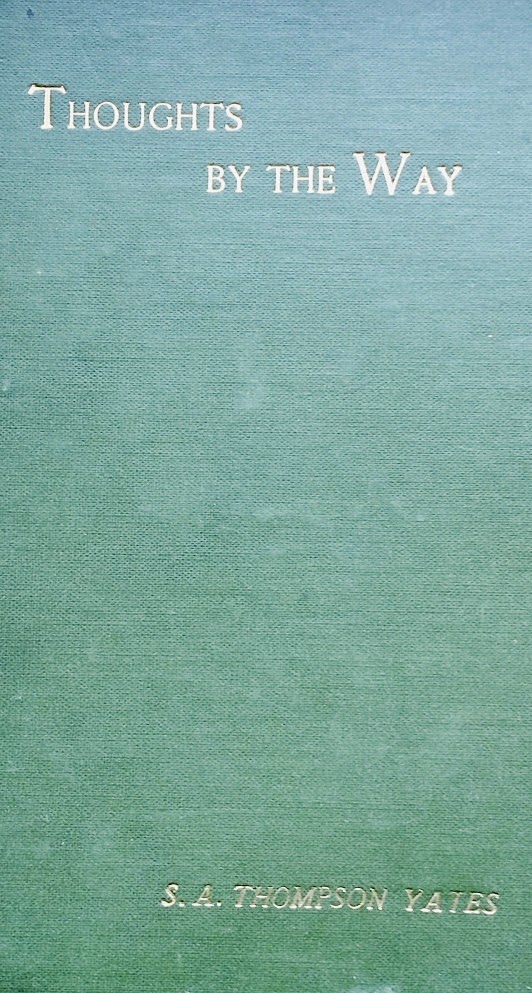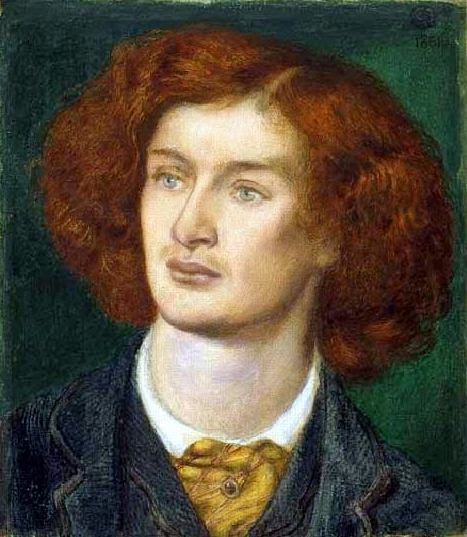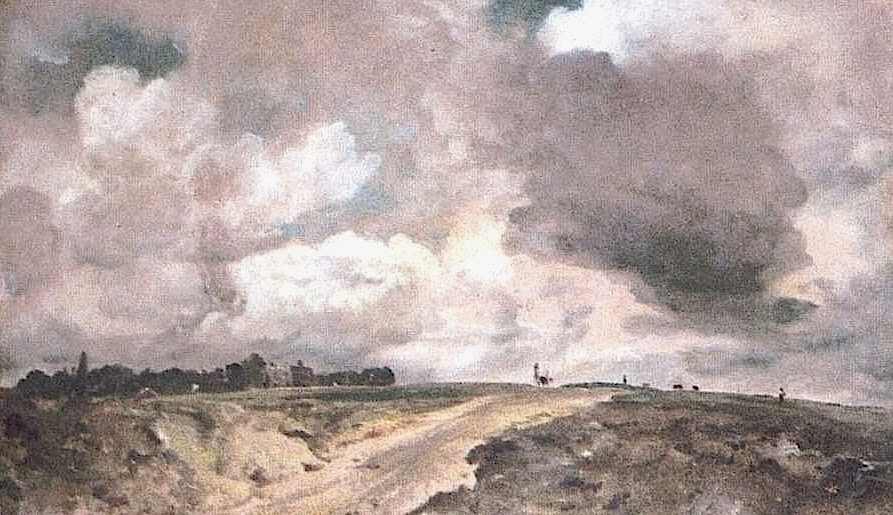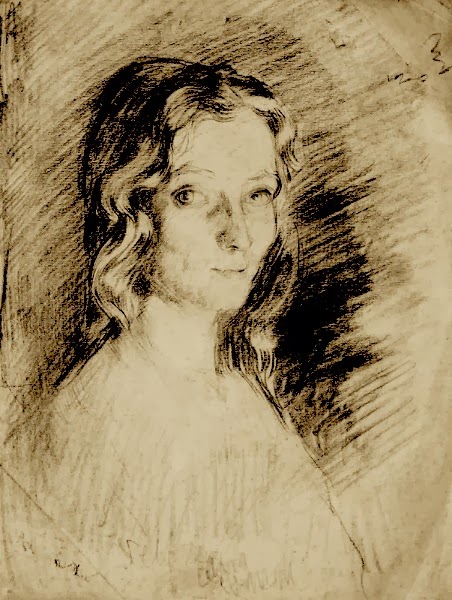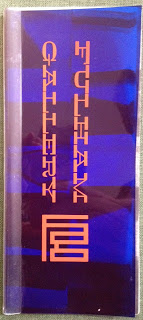Call it lazy journalism if you like, and we at Jot 101 do, but in all the obituaries of the great
publisher George Weidenfeld in 2016 there is no mention of the magazine Contact, which he edited from 1950. This is a glaring omission, since it is a showcase for the talents that this refugee from the Nazi Anschluss of Austria in 1938, shared in abundance with so many other émigrés from the Third Reich.
According to one obituary, having landed in the UK Weidenfeld soon put his knowledge of Germany and the German language to good use by enrolling in the BBC’s Overseas Service, though others say that he was recruited to the BBC Listening Station near Evesham, where his co-workers would have included British journalists like Geoffrey Grigson and Gilbert Harding and other German-speaking émigrés, such as the art historian Ernst Gombrich. In 1948 Weidenfeld joined up with Nigel Nicolson to form the publisher Weidenfeld and Nicholson with the express aim of launching a socialist magazine that would unite politics with the best of culture. There is no mention of the name of this magazine anyway on the Net, but Contactwas certainly not it, as there is no hint of any political agenda in the copy for September 1950 that we found at Jot HQ the other week.
What is obvious is that although the name of the publisher is absent from the title page of Contact, if we turn to page 56 we find that in an advert for three books published by ‘ George Weidenfeld and Nicholson’ the address of the editorial office of 7, Cork Street is the same as that of the editorial office of Contact. Why Weidenfeld should not want to be easily identified as both the editor and the co-publisher of the magazine is not immediately apparent. What is obvious is that he was keen to sign up some of the rising stars in British cultural journalism as contributors.
But not all were British. The ‘ provocative’ American columnist on the New Yorker, Emily Hahn, contributed an entertaining sketch on the behaviour of well-heeled American tourists in post-war London:
‘ They are afraid of boredom; they do not have their own kitchens and sitting rooms. They simply must find restaurants and places of amusement; they are homeless wanderers otherwise…Average English restaurants are not inspiring. Americans soon become aware of this fact. In Paris one eats with pleasure in French restaurants: in Italy one eats Italian food. But in London the wise American looks around for a restaurant which is not typically native… ‘
Continue reading

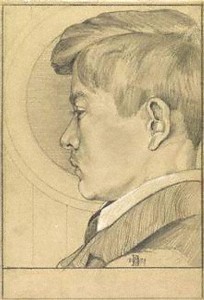 Found –Life (Dent, London 1921) a
Found –Life (Dent, London 1921) a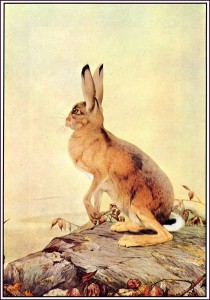
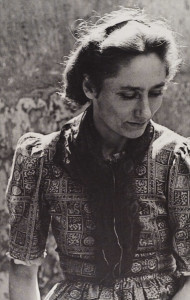

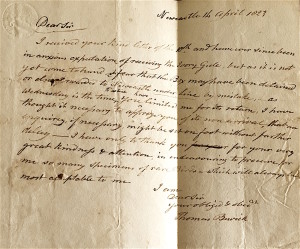
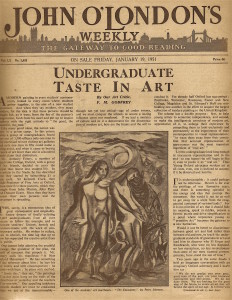
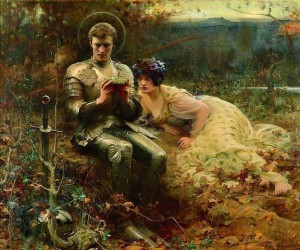
 Many clever students have had to try two and even three times before they have sent in a drawing acceptable to the Academician. Arthur Hacker was successful at the first attempt.
Many clever students have had to try two and even three times before they have sent in a drawing acceptable to the Academician. Arthur Hacker was successful at the first attempt.

